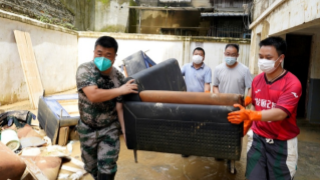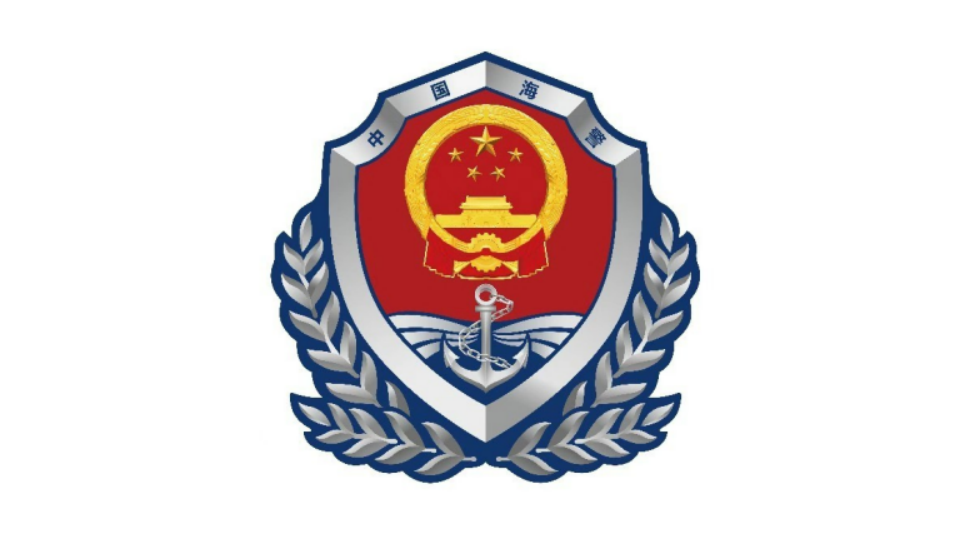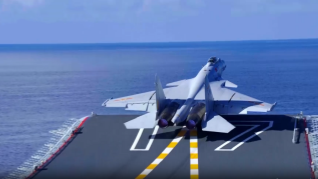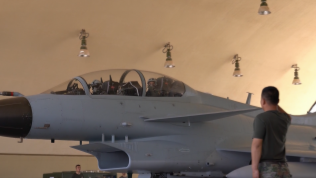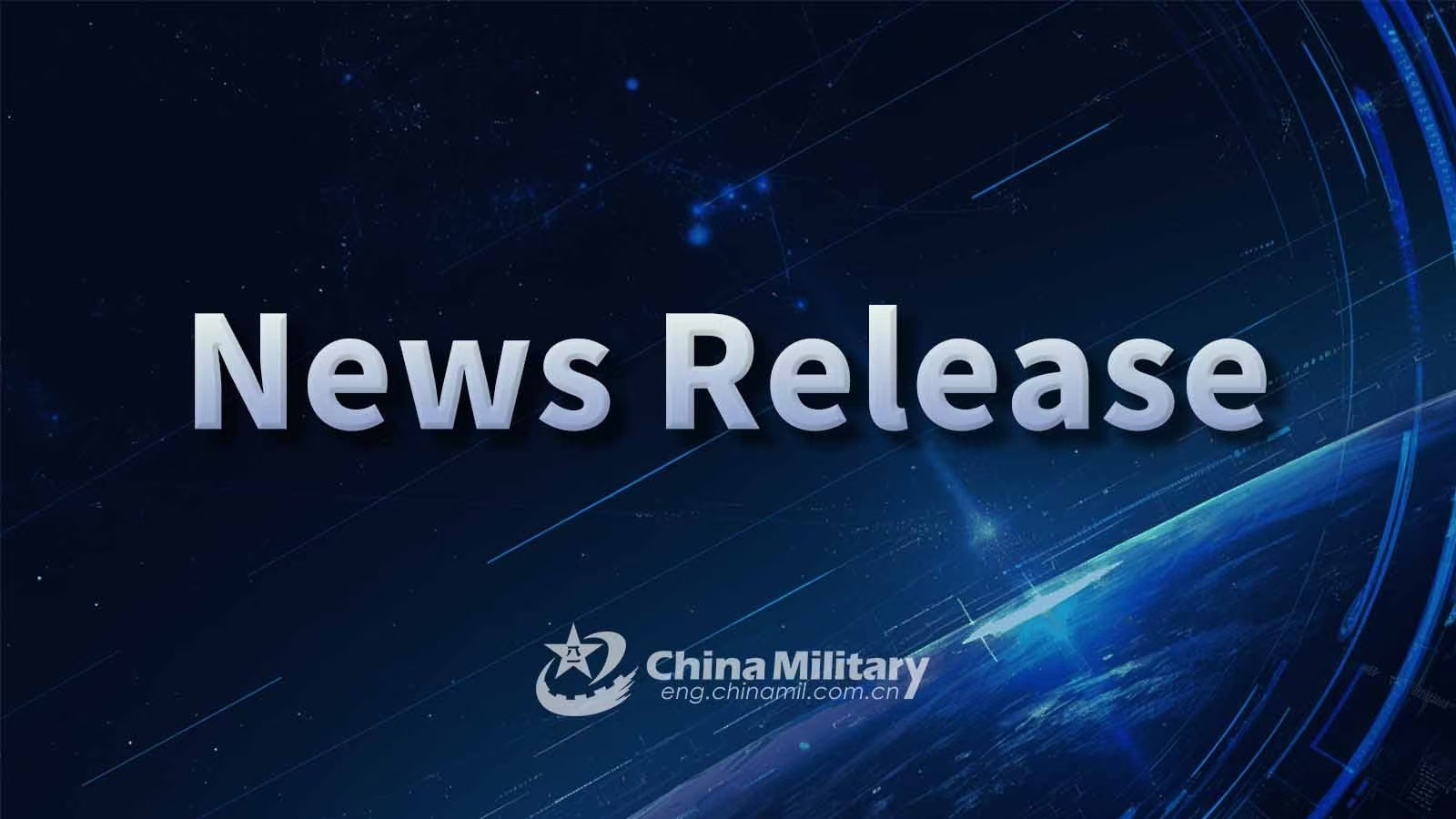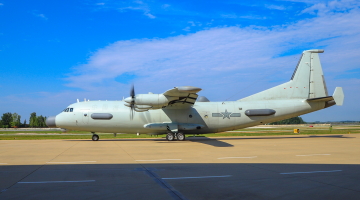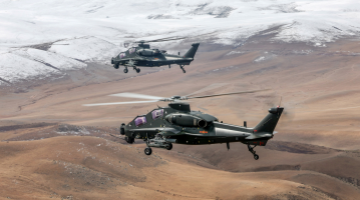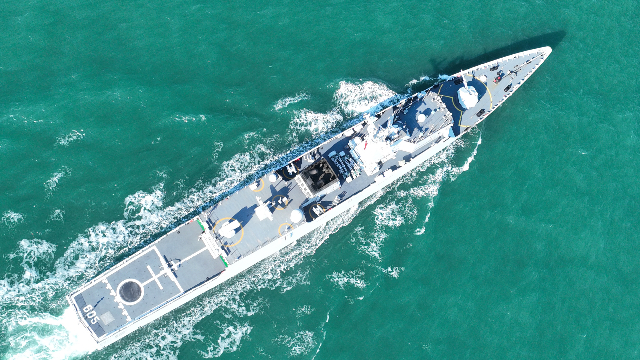By Wang Shida
Indian prime minister Modi was received by US President Biden and other senior officials with great fanfare when he was visiting the US from June 21 to 24, the first state visit since he took office in 2014. Both American and Indian media paid close attention to the visit, crediting it with elevating bilateral relations to a higher level.
A lengthy joint statement containing 58 items was released after the meeting between the two heads of state, but most of them are descriptions on principle or vision for the future with very few being substantial, and defense cooperation is the area where substantial cooperation is concentrated.
The two countries have achieved some tangible outcomes in the defense domain. They agreed to develop the “roadmap for US-India defense industrial cooperation,” which points out the policy direction for their defense industrial cooperation, particularly the air combat and support systems, ground maneuvering system, intelligence and reconnaissance, and ammunition.
Meanwhile, the US-India Business Council has launched the India-US Defence Acceleration Ecosystem (INDUS X), which means bilateral defense cooperation will expand from trade in military products and the transfer of certain technologies to the entire defense ecosystem.
They also agreed on specific cooperation projects. The US government granted General Electric Company (GE) the approval to produce advanced GEF-414 jet engine in India. This project, if successfully launched, will be one of the most important defense cooperation projects between the two countries. A consensus has been reached about India accelerating the purchase of America’s MQ-9B UAV, which will greatly boost the Indian armed forces’ multi-domain reconnaissance and monitoring capability
Moreover, Washington and New Delhi have signed four basic agreements as the institutional guarantee for their defense cooperation, under which India’s purchase of American weapons has skyrocketed to more than USD20 billion in 2020. The 2020 report of the Stockholm International Peace Research Institute (SIPRI) showed that America was India’s second-largest source of weapon import in 2015-2019. At the same time, American and Indian militaries have carried out frequent military exercises with various services establishing regular exercise mechanisms. America has had the most frequent military exercises with India.
Enhancing the defense cooperation with India will help the US implement its plan to support India in becoming a net security provider in the region, take some of the security responsibility off its own shoulders, and intensify the forces against imaginary enemies like China. It can also tap the world’s largest arms market in India and squeeze its traditional rival, Russia’s market share there. India, on the other hand, hopes to access the most advanced weapon systems and cutting-edge technology from the US in order to modernize its armed forces more quickly and implement the “Made in India” initiative in the defense domain.
In short, Washington’s attempt to tie India to its war chariot of major-country confrontation is very likely nothing more than an illusion. New Delhi is all cooperative and pliable on the surface, but it has its eyes on getting something real from Washington.
Fundamentally, the two countries’ perception of their relations varies immensely. The US, out of its habitual thinking of bloc politics, has been intensifying India’s international position in the past two decades in hopes of getting it to participate in US-led joint military actions in the future.
India, however, has no loyalty to maintaining the US-dominated international order, and has been resisting military alliance and joint defense ever since the Cold War days. It doesn’t see itself as obligated to serve the US in return for its assistance, and that has put a ceiling on bilateral cooperation.
(The author is Deputy Directorand Associate Research Professor of the Institute of South Asian Studies, China Institutes of Contemporary International Relations)
Editor's note: Originally published on china.com.cn, this article is translated from Chinese into English and edited by the China Military Online. The information and opinions in this article do not necessarily reflect the views of eng.chinamil.com.cn.

